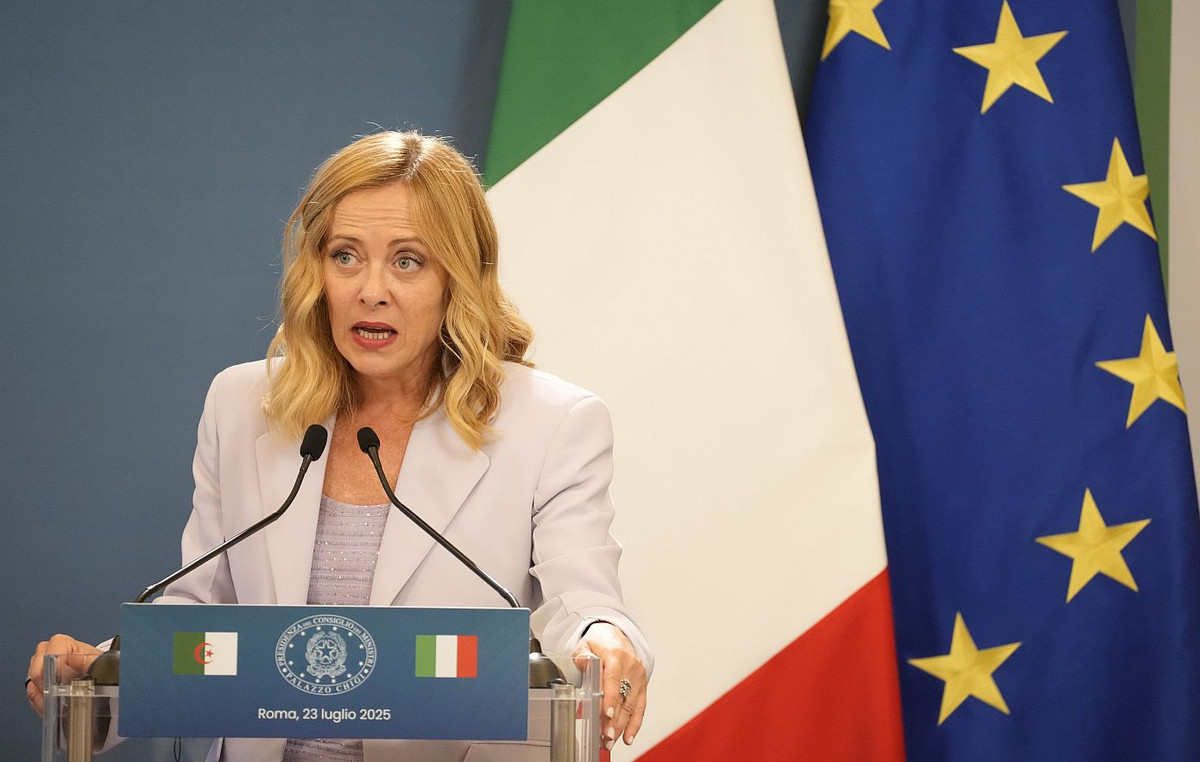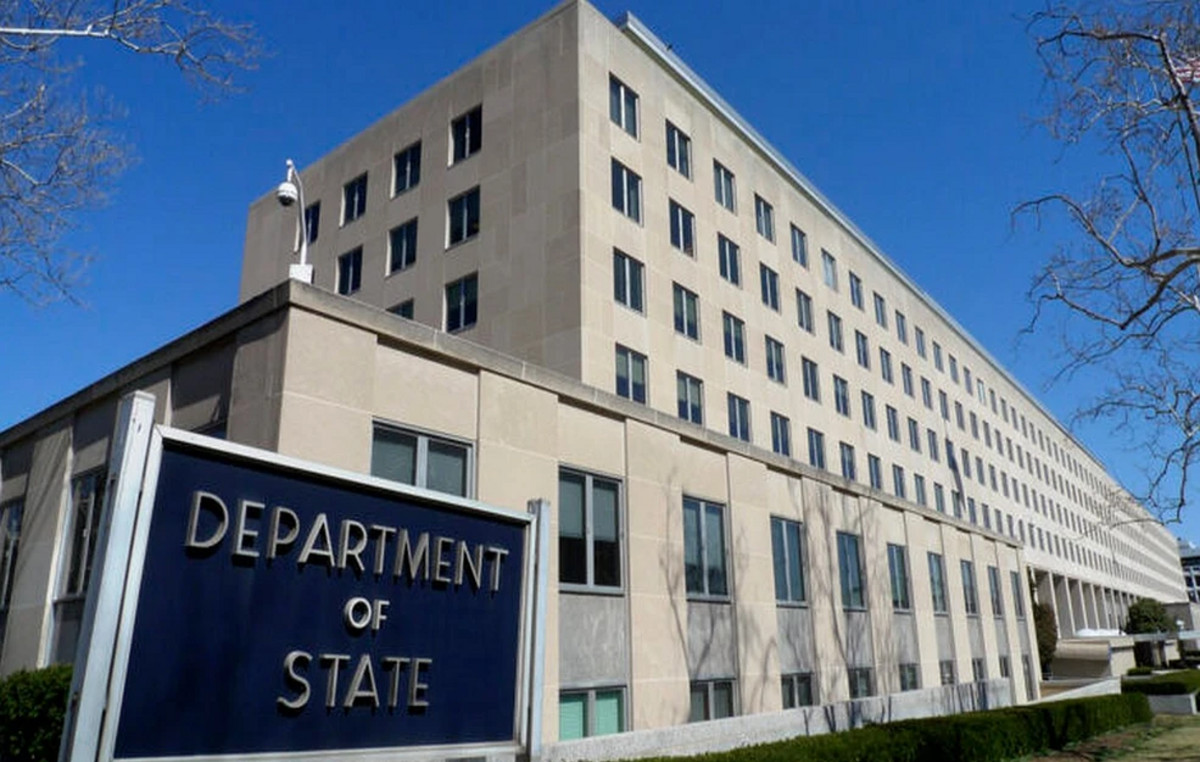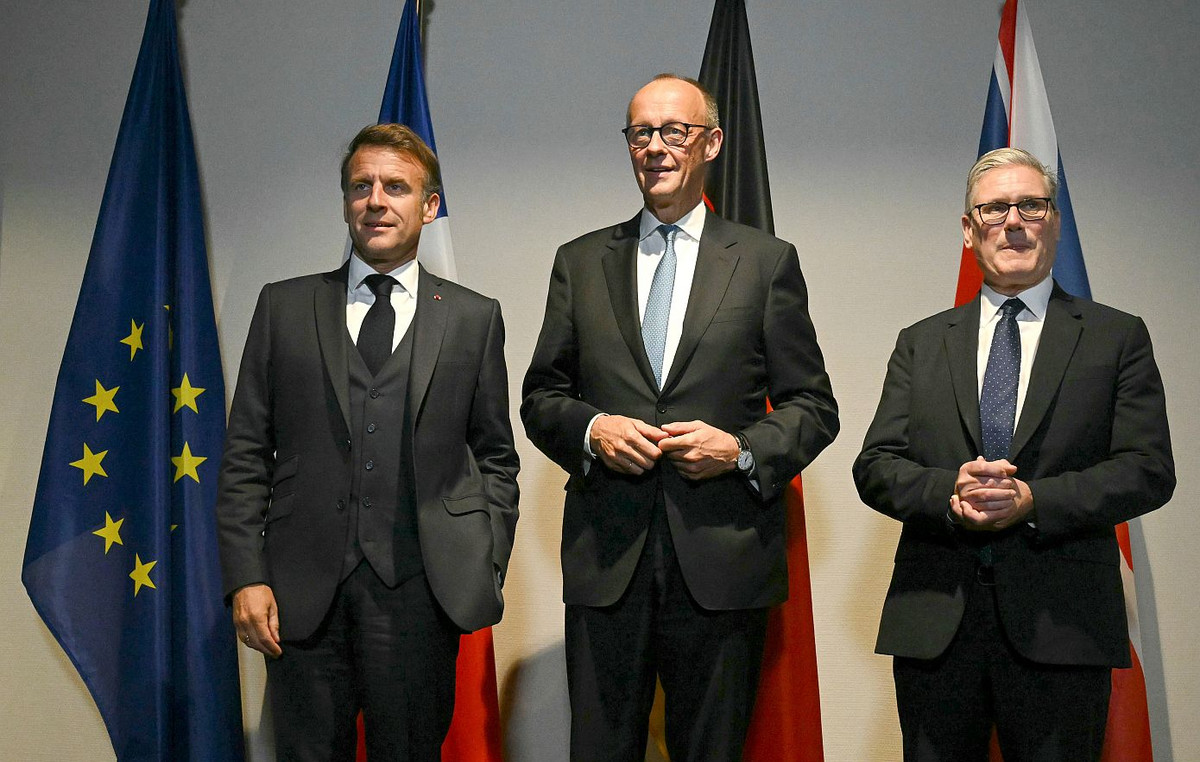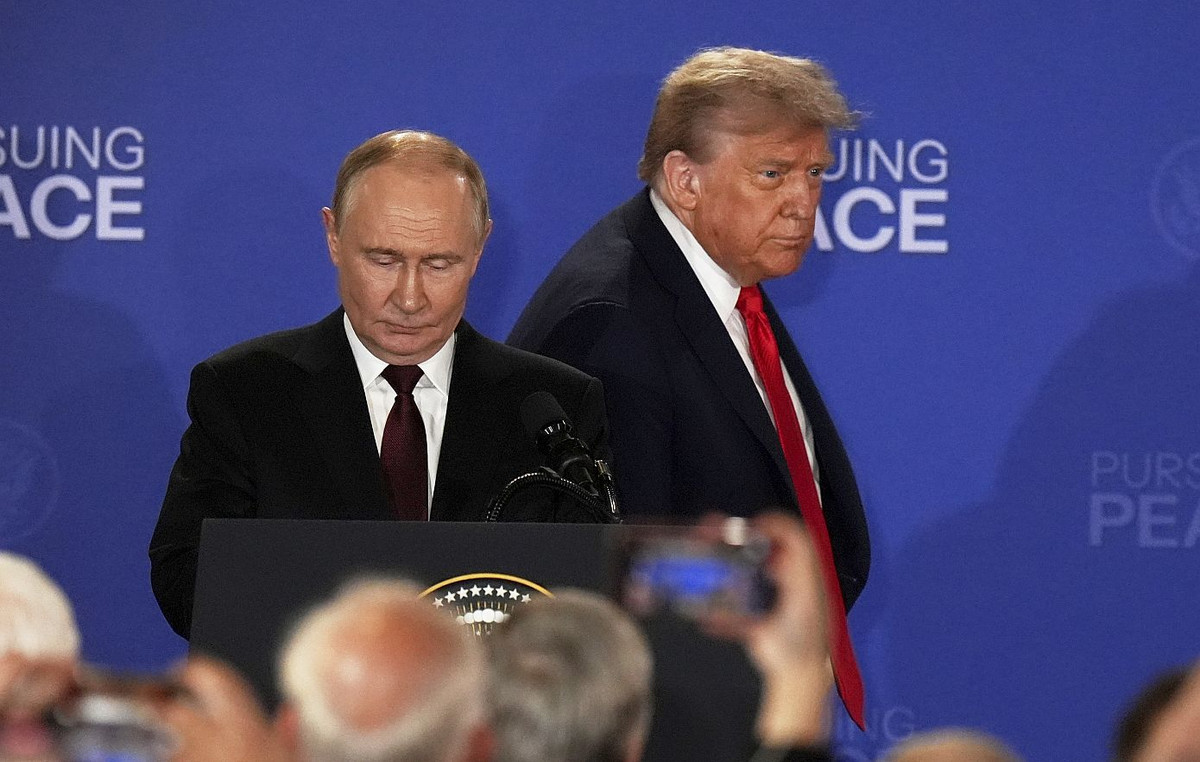- Trust in the USD fades with conversations between the US and China in progress.
- The strong confidence of investors in the eurozone and the hard line comments of the ECB officials are supporting the euro.
- The pair remains within recent ranges, with investors waiting for developments in commercial negotiations
The EUR/USD has recovered previous losses during the European session on Tuesday, again being above 1,1420 at the time of writing. However, the PAR continues to fluctuate within the negotiation range of recent days, with reluctant investors to carry out large directional bets while US representatives and China continue to discuss commercial issues.
Positive comments of some officials, such as the statements of US President Donald Trump that he is receiving “good reports” from the meeting, they are contributing to maintaining the feeling of the rising market and have provided some support to the US dollar (USD).
However, it is likely that operators continue to observe from the band line, waiting for news about concrete advances. The two largest economies in the world have reached the meeting with a constructive attitude, with the aim of reviving the spirit of last month’s meeting in Switzerland, which led to a significant reduction of their reciprocal tariffs.
This time, however, thorny issues such as rare earthExport restrictions of chips or visas for students will force both parties to make sacrifices if they want to reach an agreement. And this could take time.
In the EUROZONAthe Sentix investor trusted index has shown a significant improvement in June, with the indicator jumping to positive levels for the first time in a year. Beyond that, Olli Rehn and Francoise of Villeroy of the ECB have reinforced the recent hard line posture of the bank, and Italian industrial production advanced against expectations. In short, favorable figures for the euro.
Euro price today
The lower table shows the percentage of euro change (EUR) compared to the main currencies today. Euro was the strongest currency against pound sterling.
| USD | EUR | GBP | JPY | CAD | Aud | NZD | CHF | |
|---|---|---|---|---|---|---|---|---|
| USD | -0.06% | 0.37% | -0.03% | -0.08% | -0.05% | -0.09% | -0.09% | |
| EUR | 0.06% | 0.44% | 0.02% | 0.02% | 0.04% | -0.02% | -0.01% | |
| GBP | -0.37% | -0.44% | -0.49% | -0.43% | -0.40% | -0.47% | -0.44% | |
| JPY | 0.03% | -0.02% | 0.49% | -0.01% | -0.05% | -0.13% | -0.14% | |
| CAD | 0.08% | -0.02% | 0.43% | 0.00% | 0.01% | -0.04% | -0.02% | |
| Aud | 0.05% | -0.04% | 0.40% | 0.05% | -0.01% | -0.05% | -0.04% | |
| NZD | 0.09% | 0.02% | 0.47% | 0.13% | 0.04% | 0.05% | 0.02% | |
| CHF | 0.09% | 0.00% | 0.44% | 0.14% | 0.02% | 0.04% | -0.02% |
The heat map shows the percentage changes of the main currencies. The base currency is selected from the left column, while the contribution currency is selected in the upper row. For example, if you choose the euro of the left column and move along the horizontal line to the US dollar, the percentage change shown in the box will represent the EUR (base)/USD (quotation).
,
What moves the market today: the lack of news leads to a market movement content
- The US dollar is rising slightly in front of most of its peers, but still remains limited within recent ranges. The American dollar index (DXY) has bounced, but is struggling to move away significantly from the minimum of almost two months reached last week.
- Trump said Monday that “he is only receiving good reports”, but that dealing with China is not easy. These comments feed the hopes of a positive result, but the appetite for risk remains moderate.
- The Sentix trust index of the Eurozone has improved 0.2% in June, from -8.1 in May and -19.5 in April, exceeding the expectations of a -6.0. German economic expectations improved for the fourth consecutive month, although they remained in negative territory, while the feeling on the eurozone has improved in more than 30 points in the last two months.
- Rehn of the ECB declared that the bank should focus on maintaining stable inflation in 2% and warned about complacency with respect to inflation perspectives, discouraging hopes about a possible cut of interest rates in the coming months.
- In Italy, industrial production increased by 1% in April, its best reading since February 2022, after a flat reading in March, exceeding the expectations of a monthly increase of 0.1%.
- The culminating point of the week will be the consumer price index (ICC) of Wednesday, which is expected to have grown constantly 0.2% in May, with interannual inflation by increasing to 2.5% from 2.3% in April. The underlying inflation is also expected to have accelerated, supporting the hard line posture of the Fed.
- The Federal Reserve is in its period of silence before the monetary policy meeting next week. Future markets are not valuing any rate cut at least until September, with almost two rates cuts scheduled for this year, according to the data of the Fed Watch tool of the CME Group.
Technical Analysis: EUR/USD Search address above 1,1370
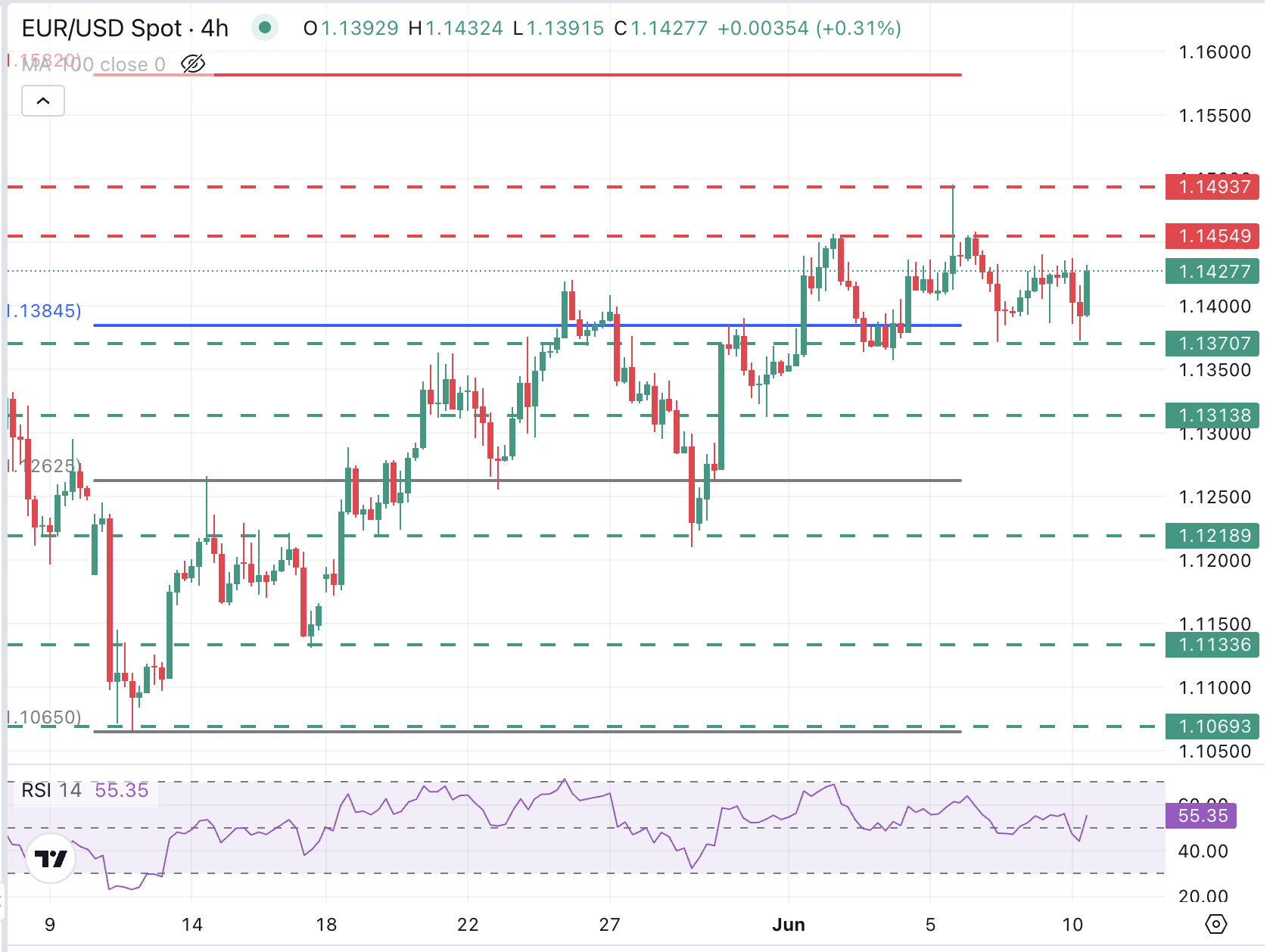
The EUR/USD continues to move within a bullish trend, but the rejection of 1,1500 seen last week and a bearish divergence in the 4 -hour graphic suggest that the bulls could be losing strength.
The price action shows a mild negative tone on Tuesday, but sellers should break the support level of 1,1370 to confirm a deeper correction around 1,1315 (minimum of May 30) and 1,1215-1.1220 (Minimum of May 20 and 28).
On the positive side, the maximum of June 3 in 1,1455 will probably challenge the Alcistas before the maximum of June 5 in 1,1495.
Euro Faqs
The euro is the currency of the 19 countries of the European Union that belong to the Eurozone. It is the second most negotiated currency in the world, behind the US dollar. In 2022, it represented 31 % of all foreign exchange transactions, with an average daily business volume of more than 2.2 billion dollars a day. The EUR/USD is the most negotiated currency pair in the world, with an estimate of 30 %of all transactions, followed by the EUR/JPY (4 %), the EUR/GBP (3 %) and the EUR/AU (2 %).
The European Central Bank (ECB), based in Frankfurt (Germany), is the Eurozone reserve bank. The ECB establishes interest rates and manages monetary policy. The main mandate of the ECB is to maintain price stability, which means controlling inflation or stimulating growth. Its main tool is the rise or decrease in interest rates. Relatively high interest rates (or the expectation of higher types) usually benefit the euro and vice versa. The GOVERNMENT BOOK of the ECB makes decisions about monetary policy in meetings that are held eight times a year. The decisions are made by the directors of the National Banks of the Eurozone and six permanent members, including the president of the ECB, Christine Lagarde.
Eurozone inflation data, measured by the harmonized consumer prices index (IPCA), are an important economic indicator for the euro. If inflation increases more than expected, especially if it exceeds 2% of the ECB, it forces the ECB to rise interest rates to control it again. Relatively high interest rates compared to their counterparts usually benefit the euro, since they make the region more attractive as a place for global investors to deposit their money.
Published data measure the health of the economy and can have an impact on the euro. Indicators such as GDP, manufacturing and services PMIs, employment and consumer trust surveys can influence the direction of the single currency. A strong economy is good for the euro. Not only attracts more foreign investment, but it can encourage the ECB to raise interest rates, which will directly strengthen the euro. Otherwise, if economic data is weak, the euro is likely to fall. The economic data of the four largest economies in the euro zone (Germany, France, Italy and Spain) are especially significant, since they represent 75% of the economy of the euro area.
Another important fact that is published on the euro is the commercial balance. This indicator measures the difference between what a country earns with its exports and what you spend on imports during a given period. If a country produces highly demanded export products, its currency will gain value simply by the additional demand created by foreign buyers seeking to buy those goods. Therefore, a positive net trade balance strengthens a currency and vice versa in the case of a negative balance
Source: Fx Street
I am Joshua Winder, a senior-level journalist and editor at World Stock Market. I specialize in covering news related to the stock market and economic trends. With more than 8 years of experience in this field, I have become an expert in financial reporting.



